| [1] 李维民,邹育才,杜建业,等.小切口自锁髓内钉治疗肱骨干骨折32例[J].广东医学,2012,33(4):476-477.
[2] 宋烜,张天浩,董英海,等.肱骨自锁髓内钉治疗肱骨干骨折的临床观察[J].临床骨科杂志,2012,15(6):637-639.
[3] 郑翔,章莹,单永兴.锁定加压钢板与交锁髓内钉固定肱骨投掷骨折的有限元分析[J].中国临床解剖学杂志,2015,33(2);213-217.
[4] 曹进,胡珊珊,郑华江,等.闭合复位弹性髓内钉内固定与切开复位锁定加压钢板内固定治疗青少年肱骨干骨折的疗效比较[J].中医正骨,2015,27(1);9-12.
[5] 陈建军,冯春存,王顺军,等.顺行与逆行自锁髓内钉治疗肱骨骨折的比较研究[J].中国骨与关节损伤杂志,2010,25(11):1028-1029.
[6] 唐利民,张利,程喜红,等.闭合复位或有限切开复位自锁髓内钉治疗肱骨多段骨折[J].齐齐哈尔医学院学报,2010,31(5):700-701.
[7] 刘勇,连霄飞,范茂洪,等.肱骨自锁髓内钉逆行插钉技术治疗肱骨骨折[J].临床骨科杂志,2006,9(4):341-342.
[8] 杜奇涛,王景彦,冯云华.肱骨自锁髓内钉的生物力学特点及其应用[J].潍坊医学院学报,2006,28(1):43-44,插页Ⅰ.
[9] 何朝洪.顺行分叉式自锁髓内钉治疗肱骨干骨折疗效分析[J].中国骨与关节损伤杂志,2012(7):666-667.
[10] Rothstock S, Plecko M, Kloub M, et al. Biomechanical evaluation of two intramedullary nailing techniques with different locking options in a three-part fracture proximal humerus model. Clin Biomech (Bristol, Avon). 2012;27(7): 686-691.
[11] Cha SM, Shin HD, Kim KC, et al. Flexible intramedullary nailing in simple bone cysts of the proximal humerus: prospective study for high-risk cases of pathologic fracture. J Pediatr Orthop B. 2013;22(5):475-480.
[12] Pospula W, Abu Noor T. Hackethal bundle nailing with intramedullary elastic nails in the treatment of two- and three-part fractures of the proximal humerus: initial experience at Al Razi Hospital, Kuwait. Med Princ Pract. 2009;18(4):284-288.
[13] Hutchinson PH, Bae DS, Waters PM. Intramedullary nailing versus percutaneous pin fixation of pediatric proximal humerus fractures: a comparison of complications and early radiographic results. J Pediatr Orthop. 2011;31(6):617-622.
[14] 王志强,孙明华,蔺文祥,等.旋入自锁髓内钉与交锁髓内钉治疗肱骨干骨折的临床对比研究[J].生物骨科材料与临床研究,2012(6): 53-56.
[15] 明新杰,王宏鹤,明新广,等.肱骨自锁髓内钉的生物力学测试与临床应用[J].骨与关节损伤杂志,2002,17(1):22-25.
[16] 赵兴伟.肱骨自锁髓内钉的生物力学测试及临床应用研究[D].济南:山东中医药大学,2005.
[17] 王建龙,黄强民,张雄文,等.逆行自锁髓内钉在肱骨中下段骨折中的应用[J].实用骨科杂志,2005,11(6):538-539.
[18] 邹吉林.肱骨旋入钉与常规两种内固定的生物力学及临床比较研究[D].苏州:苏州大学,2007.
[19] 曾海龙.自锁髓内钉与交锁髓内钉应用的临床研究[J].中医学报, 2012,27(7):807-808.
[20] 常玉文,周新晖,刘新刚,等.逆行置入自锁髓内钉治疗肱骨干骨折[J].实用医学杂志,2006,22(2):173-174.
[21] Hatzidakis AM, Shevlin MJ, Fenton DL, et al. Angular-stable locked intramedullary nailing of two-part surgical neck fractures of the proximal part of the humerus. A multicenter retrospective observational study. J Bone Joint Surg Am. 2011;93(23):2172-2179.
[22] Virkus WV, Goldberg SH, Lorenz EP. A comparison of compressive force generation by plating and intramedullary nailing techniques in a transverse diaphyseal humerus fracture model. J Trauma. 2008;65(1):103-108.
[23] Laitinen M, Nieminen J, Pakarinen TK. Treatment of pathological humerus shaft fractures with intramedullary nails with or without cement fixation. Arch Orthop Trauma Surg. 2011;131(4):503-508.
[24] 李颖.肱骨髓腔形态的测量和自锁髓内钉的设计[D].西安:第四军医大学,2004.
[25] 任国文,苏庚康,王国柱.肱骨逆插自锁髓内钉治疗肱骨干骨折[J].中国煤炭工业医学杂志,2003,6(10):949-949.
[26] 张成勇.经皮微创自锁髓内钉治疗肱骨骨折26例[J].医学美学美容(中旬刊),2014(10):77-78.
[27] 王琪,刘宪民,刘松波,等.急诊闭合复位旋入式自锁髓内钉治疗肱骨干骨折[J].中国骨与关节损伤杂志,2011,26(3):246-247.
[28] 李征良,杜近武,何翠花,等.自锁髓内钉加形态记忆合金卡环治疗肱骨干粉碎性骨折[J].当代医学,2010,16(10):2-3.
[29] 熊鹰,王大兴,柳百炼,等.改进型肱骨逆行旋入钉的生物力学测试及临床应用评估[J].中国组织工程研究与临床康复,2011,15(13): 2322-2326.
[30] 陈亮清,白龙,谢振宇,等.微创自锁髓内钉治疗肱骨干粉碎性骨折的临床分析[J].微创医学,2012,7(1):12-15.
[31] 赵延雷,杨琴.自锁髓内钉逆行置入治疗肱骨干骨折[J].实用骨科杂志,2005,11(6):560.
[32] 徐贤,李旭,吴韦.自锁髓内钉治疗肱骨干骨折[J].实用骨科杂志, 2010,16(1):52-54.
[33] 李春青,洪云峰,杨荣华,等.逆行旋入式自锁髓内钉治疗肱骨骨折[J].实用骨科杂志,2009,15(10):781-782.
[34] 柳百炼,熊鹰,顾邵,等.旋入式自锁髓内钉的系列研制及临床研究[J].山西医药杂志,2014,(20):2404-2409.
[35] 沙勇,丁晶,李春晓,等.可膨胀自锁髓内钉治疗肱骨中1/3骨折[J].临床骨科杂志,2012,15(6):640-642.
[36] 吉勇,徐东潭,齐识,等.逆行自锁髓内钉内固定治疗肱骨干骨折[J].中华创伤骨科杂志,2006,8(5):493-494.
[37] 安志骞.逆行自锁髓内钉内固定治疗肱骨干骨折的28例临床疗效观察[J].世界最新医学信息文摘(电子版),2014(13):96,103.
[38] 邵标,周兆文,陈戈,等.IM型膨胀自锁髓内钉治疗四肢中段骨干骨折[J].昆明医学院学报,2010,31(6):100-103.
[39] Wu PT, Lin CL, Tai TW, et al. Sonographically assisted percutaneous removal of screws in dynamization of the interlocking intramedullary nail. J Ultrasound Med. 2013;32(2): 319-324.
[40] 李建波,竺湘江,宋南炎,等.交锁钉在胫腓骨开放骨折中的应用[J].临床骨科杂志,2012,15(6):643-644.
[41] 熊鹰,赵峰,熊竞明,等.旋入式自锁髓内钉的研制及临床研究[J].中国骨与关节损伤杂志,2001,16(1):27-30.
[42] 裴洪,佘远举,鲁厚庚,等.钛合金重建钢板治疗肩胛骨骨折[J].生物骨科材料与临床研究,2010,7(1):30-32.
[43] 邹亚楠,张君,林聪,等.钛板内固定联合正畸技术在治疗陈旧性颌面骨折中的应用[J].山东大学学报(医学版),2008,46(6): 631-633.
[44] 丑克.重建钛钢板治疗不稳定骨盆骨折并髋臼骨折42例[J].中外医疗,2011,29(14):74.
[45] Drosse I, Volkmer E, Capanna R, et al. Tissue engineering for bone defect healing: an update on a multi-component approach. Injury. 2008;39 Suppl 2:S9-20.
[46] 苏佳灿,张春才.骨盆骨折的生物力学研究[J].中国临床康复, 2004, 8(23):7250-7251.
[47] 闫冰,闫景龙,张涛.骨组织工程学研究进展[J].中国骨肿瘤骨病,2004,3(2):76-79.
[48] 付晓玲,张湘生,邱睿韫,等.椎弓根螺钉结合外固定支架治疗经骶骨骨折脱位旋转垂直不稳定型骨盆骨折[J].中国现代医学杂志, 2011,21(11):1425-1428.
[49] 彭扬国,王京亮,翁阳华,等.经皮螺钉结合有限切开内固定治疗Tile C型骨盆骨折[J].中国临床解剖学杂志,2009,27(3):360-362.
[50] 胥少汀,葛定丰,徐印坎.实用骨科学[M].3版.北京:人民军医出版社,2006.
[51] Ponsen KJ, Hoek van Dijke GA, Joosse P, et al. External fixators for pelvic fractures: comparison of the stiffness of current systems. Acta Orthop Scand. 2003;74(2):165-171.
[52] 刘金标,廉维,权毅,等.脱钙骨/聚乳酸重组人工骨的研制及其相关性能检测[J].四川医学,2007,28(4):361-362.
[53] 王伊宁,李森恺,李养群,等.钛合金板置入在颅骨缺损修复中的应用[J].中国美容医,2007,16(12):1630-1631.
[54] 张建新,徐展望,常峰.组织工程化人工骨修复骨缺损的实验研究[J].中国矫形外科杂志,2009,17(16):1258-1261.
[55] 阮良峰,陈源,马俭凡,等.解剖型钛板内固定治疗跟骨关节内骨折临床分析[J].中国医药导报,2011,8(22):41-42. |
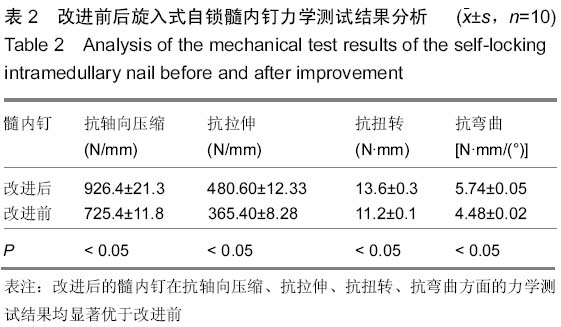
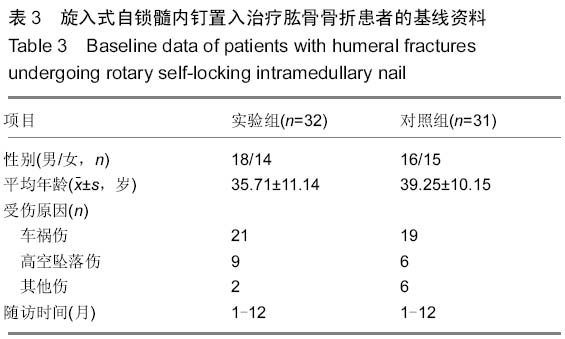
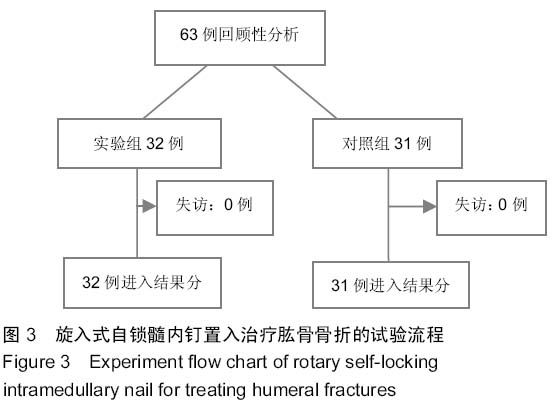

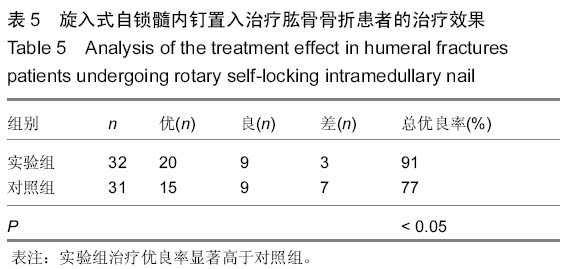
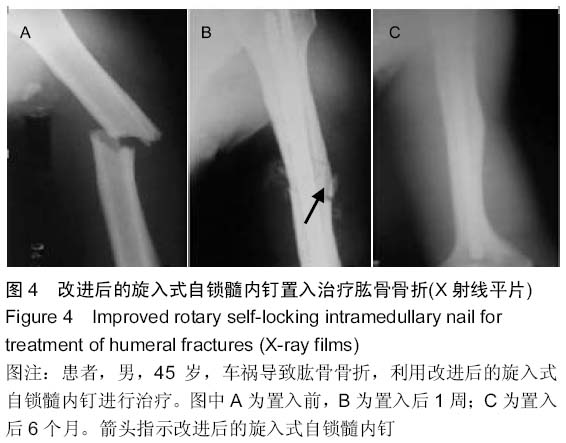
t1.jpg)
t2.jpg)
b1.jpg)